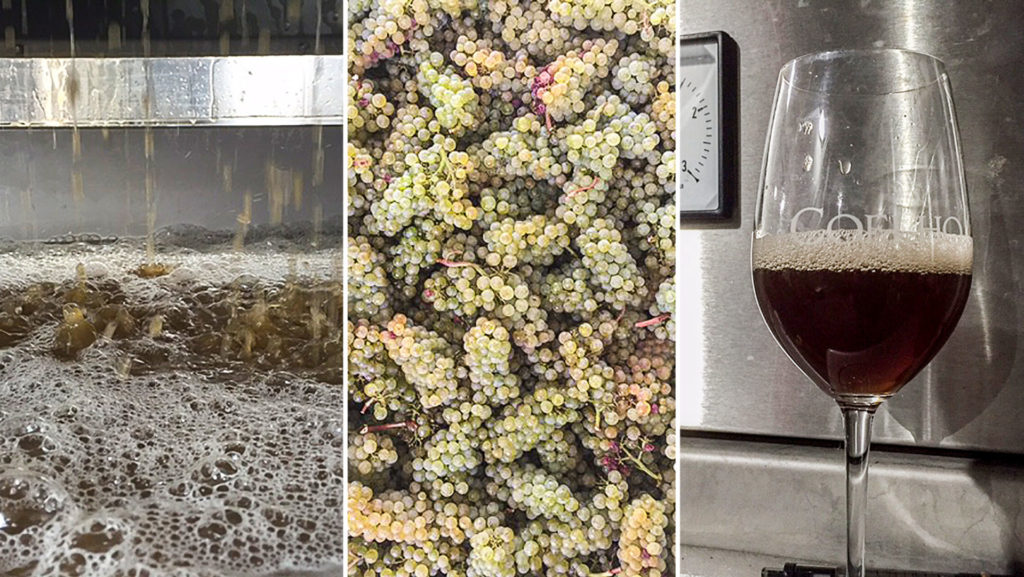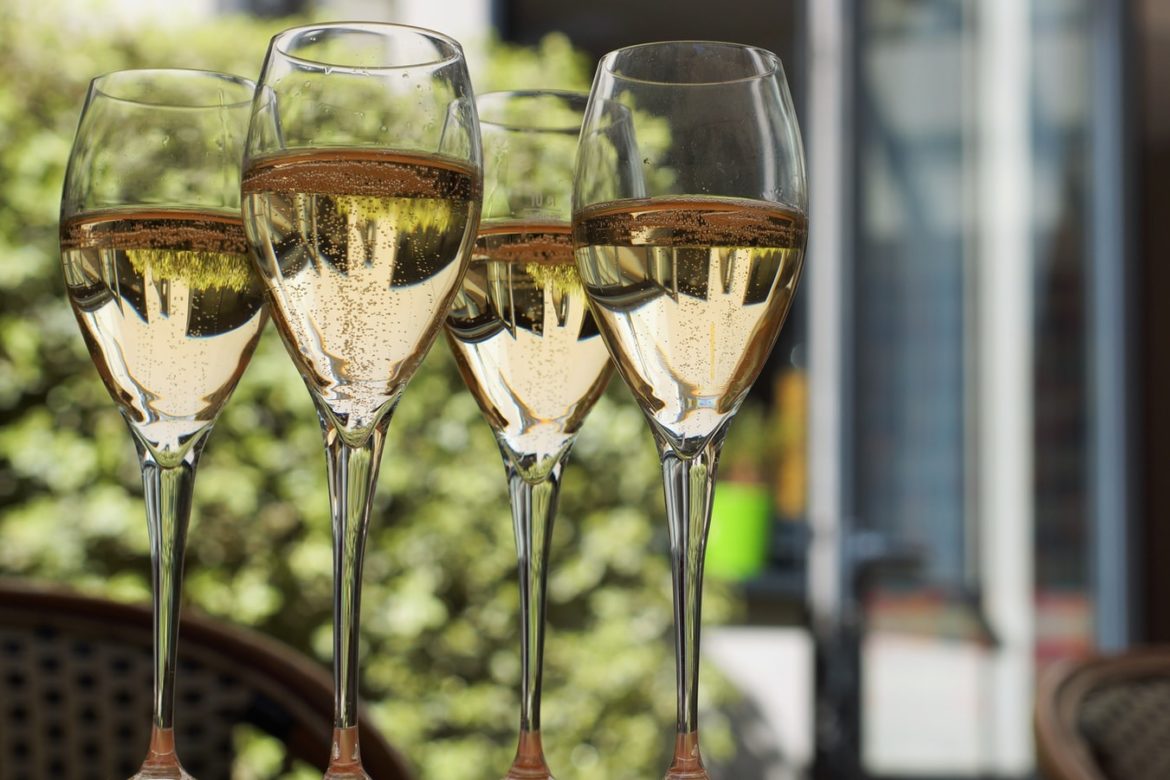What the color in your glass says about how the Chardonnay wine was made and how it will taste.
The following written content by Layla Schlack

Widely planted around the world, this grape models just how much vinification methods can affect the character and color of wine.
Even without delving into sparkling options, bottlings can run the gamut of pale and racy to deep and rich, with a wide and happy middle ground. The color in your glass may hold clues about how the wine was made and how it will taste.
We take you through the spectrum of Chardonnay styles, from lightest to darkest.
Pale lights
Chardonnay that’s a pale gold or straw color is likely to have been aged in stainless steel. Its faint color indicates that it was made without the oxidative effect of oak, which adds both color and body.
These wines also will likely not have undergone malolactic fermentation, which adds creaminess.
Without that for balance, this style is acid-driven and fresh. Made all over the world, bottles like this are often priced affordably and intended for immediate consumption. Chablis, in northwest Burgundy, is perhaps the most famous for it.
There, it carries notes of citrus fruits, green apples, minerality and salinity. Bottlings from coastal regions in California, as well as a dwindling number of unoaked Willamette Valley Chardonnays, will carry similar characteristics.
In other parts of the world, ranging from Mendoza and South Africa’s Western Cape, to Italy and Washington State, unoaked Chardonnays may carry riper, more tropical fruit notes balanced by that signature acidity.
Starting to color
Many winemakers are looking for ways to marry some of the benefits of oak with Chardonnay’s naturally bright fruit characteristics. This can be achieved through a few techniques, or a combination: The wine only spends a little bit of time in oak; it’s aged in very large and/or neutral oak barrels; or unoaked wine is blended with oaked before bottling. Read more from Wine Enthusiast
.






